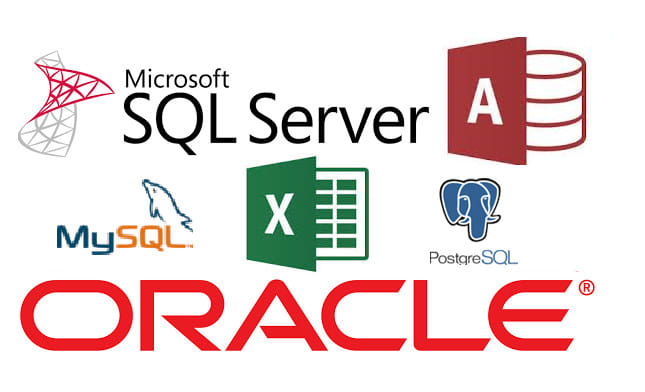In this article, we are going to understand the most popular and commonly used database system that is called RDBMS.
What is RDBMS?
RDBMS stands for Relational Database Management System, in which the data is organized, assessed, and stored according to the relationships. In RDBMS, data is stored in the form of Tables. The relations across tables are managed through RDBMS software, allowing data to be cleaned and updated over time.
Relational Database Features & Capabilities:
- Ability to run mission critical databases
- Ability to recover to point-in-time in case of disasters.
- Index creation for retrieving data at a higher speed.
- ACID (Atomicity, Consistency, Integrity, Durability) compliance.
Here is the list of topmost popular RDBMS are:
- Oracle
- Microsoft SQL Server
- MySQL
- IBM DB2
- PostgreSQL
1.Oracle:
Oracle has been in the market since 1979 and is one of the most well-known, successful databases across the world. It is powerful but complex. Oracle also has its own cloud platform that is Oracle Cloud Infrastructure. There are many version and editions available in Oracle, the current version is 20C. In Oracle Database, a database schema is a collection of logical data structures, or schema objects. A database user owns a database schema, which has the same name as the username.
2.Microsoft SQL Server: (add a link)
SQL Server database developed by Microsoft is one of the most popular databases in the world. Initially launched in 1989 and written in C, C++, SQL Server is now widely used among major companies. SQL Server is also a part of Microsoft’s Azure cloud as Azure SQL Server. There are many versions and editions available. Based on the workload, you can choose the right option to fit into your application needs. The current version is MSSQL 2019.
3.MySQL:
(add a link)
It is an open-source database software that was acquired by Oracle as part of Sun microsystems in 2009. The MySQL Database Server is very fast, reliable, scalable, and easy to use. Most of the small-scale organizations use this RDBMS solutions as MySQL is completely free to use. It can be installed in Windows and Linux platforms, supports mission critical applications workload.
4.IBM DB2
(add a link)
DB2 is a RDBMS solution developed by IBM that delivers advanced data management and analytical features. The Db2 database software includes advanced features such as in-memory technology, advanced management and development tools, storage optimization, workload management, actionable compression, and continuous data availability.
5.PostgreSQL
(add a link)
PostgreSQL is a powerful, open-source object oriented relational database. The origin of PostgreSQL date back to 1986 as part of the POSTGRES project at the University of California at Berkeley and has more than 30 years of active development on the core platform. The current version of PostgreSQL is 11.4 that was released on 20 June 2019. PostgreSQL is written in C language and managed by the PostgreSQL Global Development Group.
Next:
There are several types of database management systems such as relational, network, graph, and hierarchical. Learn here Types of Databases.
References:




